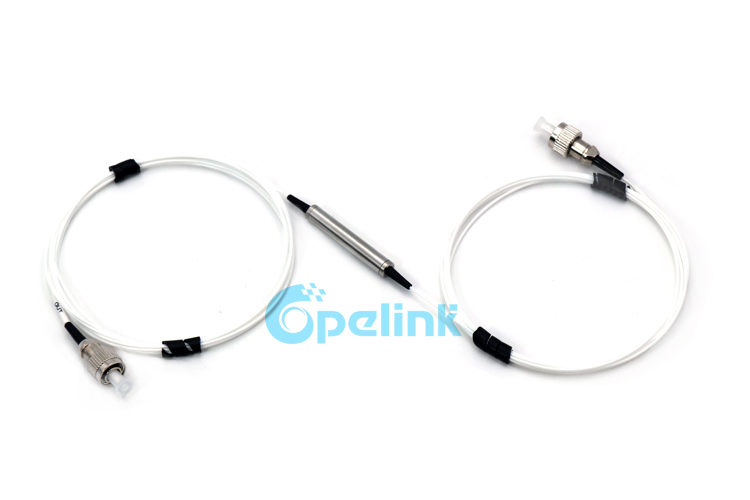

Joannopoulos is at the Department of Physics, Massachusetts Institute of Technology, Cambridge, Massachusetts 02139, USA,
#Heathkit 4540 optical isolator manual
Miloš Popović is at the Department of Electrical, Computer and Energy Engineering, University of Colorado, Boulder, Colorado 80302, USA,Īndrea Melloni is at Dipartimento di Elettronica, Informazione e Bioingegneria, Politecnico di Milano, 20133 Milano, Italy, HEATHKIT IO-4540 5MHZ TRIGGERED OSCILLOSCOPE SM Service Manual download, schematics, eeprom, repair info for electronics experts HEATHKIT IO-4540 5MHZ TRIGGERED OSCILLOSCOPE SM Type: (ZIP) Size 4.8 MB Page - Category METER SERVICE MANUAL If you get stuck in repairing a defective appliance download this repair information for help. INTEC Department and Center for Nano- and Biophotonics, Roel Baets is at the Photonics Research Group, Ghent University-IMEC, B-9000 Gent, Belgium, Wolfgang Freude is at the Institute of Photonics and Quantum Electronics and Institute of Microstructure Technology, Karlsruhe Institute of Technology, 76131 Karlsruhe, Germany,ĭepartment of Electrical Engineering, Shanhui Fan and Zongfu Yu are at Ginzton Laboratory, Stanford University, Stanford, California 94305, USA,

Express 18, 7590–7595 (2010).ĭirk Jalas, Alexander Petrov and Manfred Eich are at the Institute of Optical and Electronic Materials, Hamburg University of Technology, D-21073 Hamburg, Germany,ĭirk Jalas, Alexander Petrov & Manfred Eich activity in viridans group streptococci isolation of a neutral pH. This component standard covers optical isolators, also called optical couplers or photocouplers: a) intended to provide unidirectional signal transfer between dielectrically isolated circuits and, b) intended for use in equipment with a supply voltage not exceeding 600Vac (rms or dc). Shoji, Y., Mizumoto, T., Yokoi, H., Hsieh, I.-W. Achieving low-loss and broadband non-reciprocal light propagation remains a key goal in chip-based integrated photonics. arthusgerardpackagingandinstructionmanuals arthusgerard additionalcollections. If they are removed the link breaks and the datalink goes down. HIFI-000-001, garthus, garthus1, infoportal, heathkit, sound mixer, audio, stereo, hi-fi, advertising, manuals, 1961. On the physical level, as well as data frames there are synchronisation signals (called FLP, fast link pulse, IIRC) going both ways all the time, that is how the link light and speed detection works. Non-magnetic techniques based on distributed optical modulation have demonstrated linear non-reciprocal dynamics 3, but have yet to achieve performance sufficient to create practical isolators and circulators 4, 5, 6, 7. Opto isolation provides galvanic separation but is not the solution to filtering data. However, despite significant efforts, adapting these Faraday isolator technologies to integrated photonic circuits has proven challenging 1, 2 in particular, materials with strong magneto-optic effects cause excess optical absorption and are not compatible with complementary metal–oxide–semiconductor (CMOS) fabrication techniques. Typical bulk and fibre-optic non-reciprocal devices are based on magneto-optic effects, where light experiences a non-reciprocal polarization shift in the presence of an external magnetic field. This design creates an effective rotating acoustic wave that allows indirect interband transition in only one direction among a pair of strongly coupled optical modes. The inconvenience of the magneto-optic approach for achieving optical isolation in guided optics led to an effort in the development of alternative magnetic-free methods, such as the creation of. Prototypical examples are optical isolators, which transmit light in only one direction, and circulators, which separate forward- and backward-propagating optical waves. An optical isolator is majorly classified into the following categories: These are mainly categorized on the basis of their polarization characteristics. They are used in high-power applications, for which one desires one-way transmission of light. Isolators are useful as valves that allow propagation in only one direction. Now, let us move further and understand the major types of the optoisolator. An optical isolator is a device that allows light to propagate through it in one direction, but not in the opposite direction. In optical systems, non-reciprocal components are essential to control optical signal routing and manage deleterious backscatter and signal interference. The whole operation of the isolator relies on these three components.


 0 kommentar(er)
0 kommentar(er)
